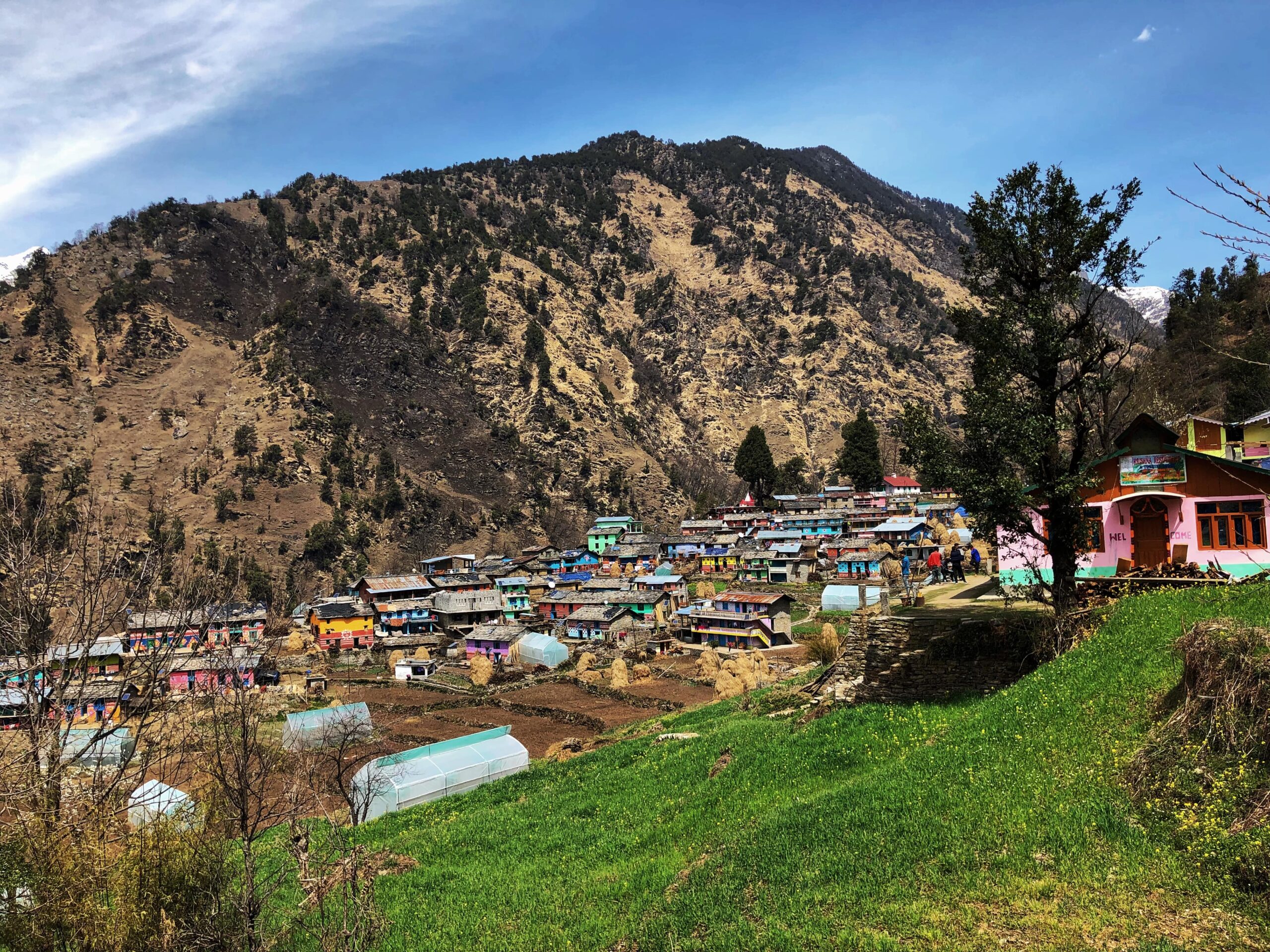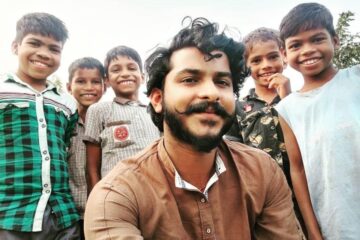In 2019, I had an opportunity to visit Khati, most popularly known as the starting point of the Pindari Glacier trek, for a recce. Perched at an altitude of 7250 feet, Khati is the last inhabited village with merely 72 families. A 25-hour journey started with us taking a train, then travelling by road and finally trekking 5 km to reach this magnificent setting with Kumaon Himalayas as a backdrop and traditional cobblestone and slate roofed mudhouses adorning the already picturesque views.

The organization I was collaborating with for this particular project had hand-painted murals the previous year to document the life lessons of its inhabitants, some of whose experience could be dated back to British-occupied India. I vividly remember interviewing the 108-year-old man who talked about how the community needed their history and tradition documented and shared with the rest of the world.
With this project, we intend to preserve the history of this village by proposing to design a museum. Khati hosts trekkers from all over the world during the peak trekking season. The hospitality and warmth have attracted tourists looking for tranquillity, even during the off-season. We have identified a dilapidated house that would be ideal for the museum. And we aim to restore the structure and begin curation. To foster community and inculcate a sense of ownership in the inhabitants of Khati, we brainstormed with them that each family could donate an object that they wish to preserve and presents their tradition and could add value to the curation.
I stumbled upon some postcards and handwritten letters from decades ago addressed to one of the families, and they mentioned how wholesome the experience was to be hosted by them. We intend to train the girls of Khati and encourage them to run the museum. After all, who would be the best champions for preserving decades of wisdom and empowering communities in that region?



